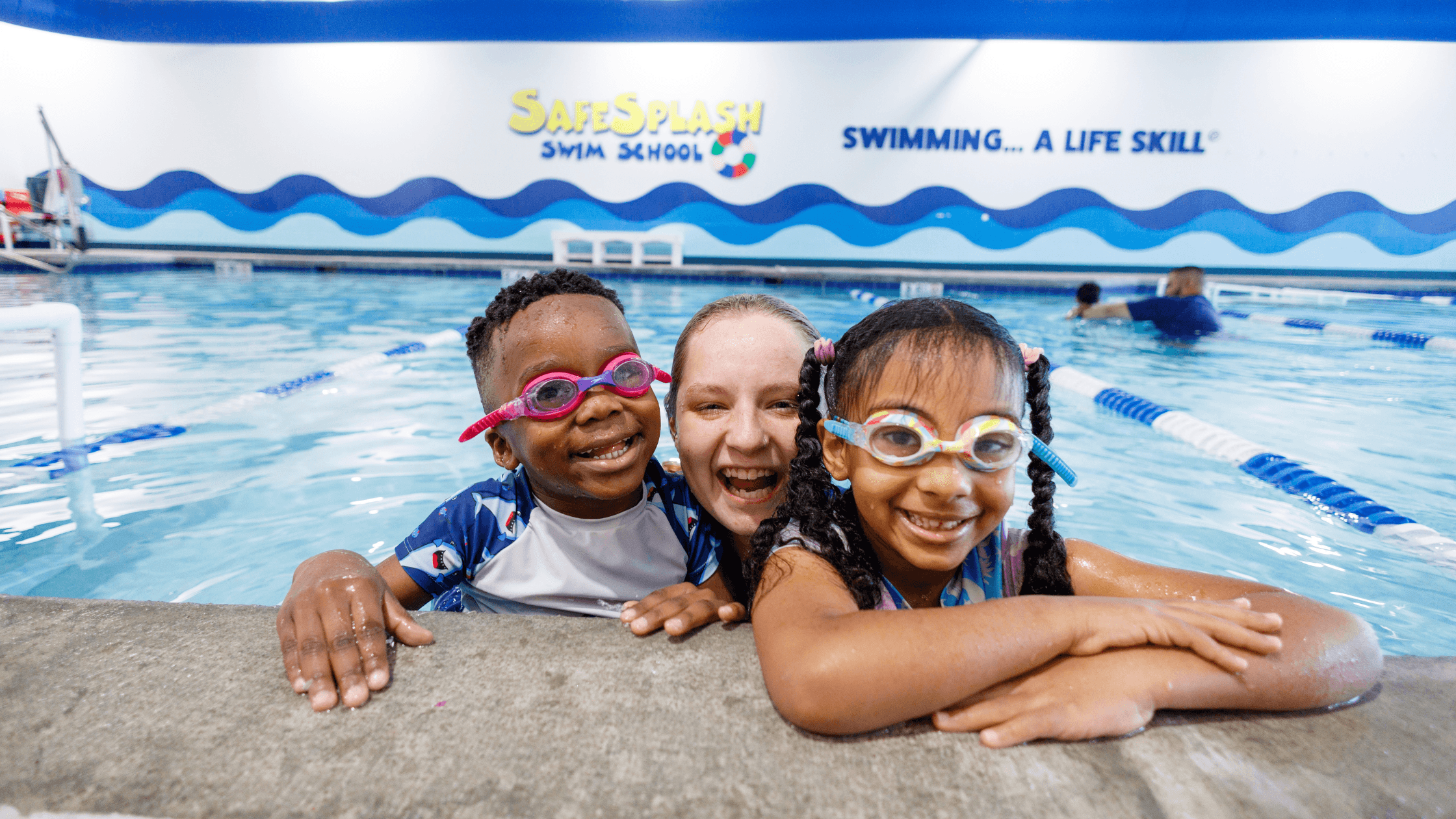
Learning to swim is a significant milestone, yet alarming statistics reveal a lack of swimming competency among American children. The USA Swimming Foundation reports that 40% of white, 45% of Hispanic, and 64% of Black kids lack swimming ability, putting them at risk, especially during summer beach or pool visits. Enrolling children in formal learn-to-swim programs is crucial, reducing individual drowning risk by up to 88%.
Drowning remains a leading cause of death in the United States, with children representing a significant portion of fatalities. Certain demographics, such as children with autism spectrum disorder (ASD) and Black children aged 10 to 14, face higher drowning risks. As swimming season approaches, choosing the right learn-to-swim program becomes essential.
Kristin Stitt, a swim mom and business owner from Huntsville, Alabama, emphasizes that not all swim lessons are equal. Many view swim lessons as one-size-fits-all, hiring local teenagers for basic instruction. However, in such DIY scenarios, lesson curriculum is often unclear, and the definition of swimming competency varies. Lessons for young children may focus on comfort in the water rather than drowning prevention.
True swimming proficiency involves skill, technique, decision-making ability, water experience, and education. Overestimating a child's swimming abilities is common among parents, leading to a false sense of security. Drowning, a silent and swift killer, often occurs without warning, as witnessed in about 12% of preschool-aged drownings.
Recognizing gaps in learn-to-swim programs, Kristin Stitt invested in SafeSplash, an organization aligned with her vision and equipped to address these issues. SafeSplash emphasizes evidence-based curriculum and standardized instructor training. Dylan Eichberg, VP of Aquatic Operations and a competitive swimmer, praises SafeSplash's structured curriculum, providing a step-by-step process for safe and confident swimming.
SafeSplash's approach starts teaching children as young as six months, progressing through standardized lesson plans with skill checklists to track progress across 12 levels. Eichberg, who started as a backyard swim instructor, highlights the effectiveness of SafeSplash's curriculum in breaking down swimming knowledge into digestible parts.
SafeSplash welcomes students of all ages and abilities, offering an Adaptive Aquatics program for individuals with special needs. This personalized program caters to neurodivergent individuals, as well as those with conditions like muscular dystrophy or Down syndrome.
Even during cooler months, the importance of water safety cannot be overstated. Choosing a comprehensive learn-to-swim program with trained instructors and evidence-based curriculum is crucial. Instead of opting for neighborhood teens or DIY approaches, entrust your child's water safety to a program like SafeSplash for a structured and effective learning experience.


